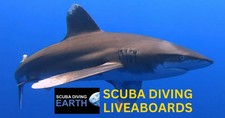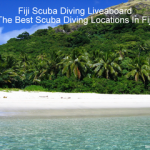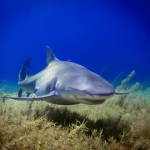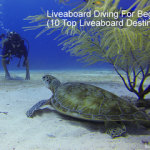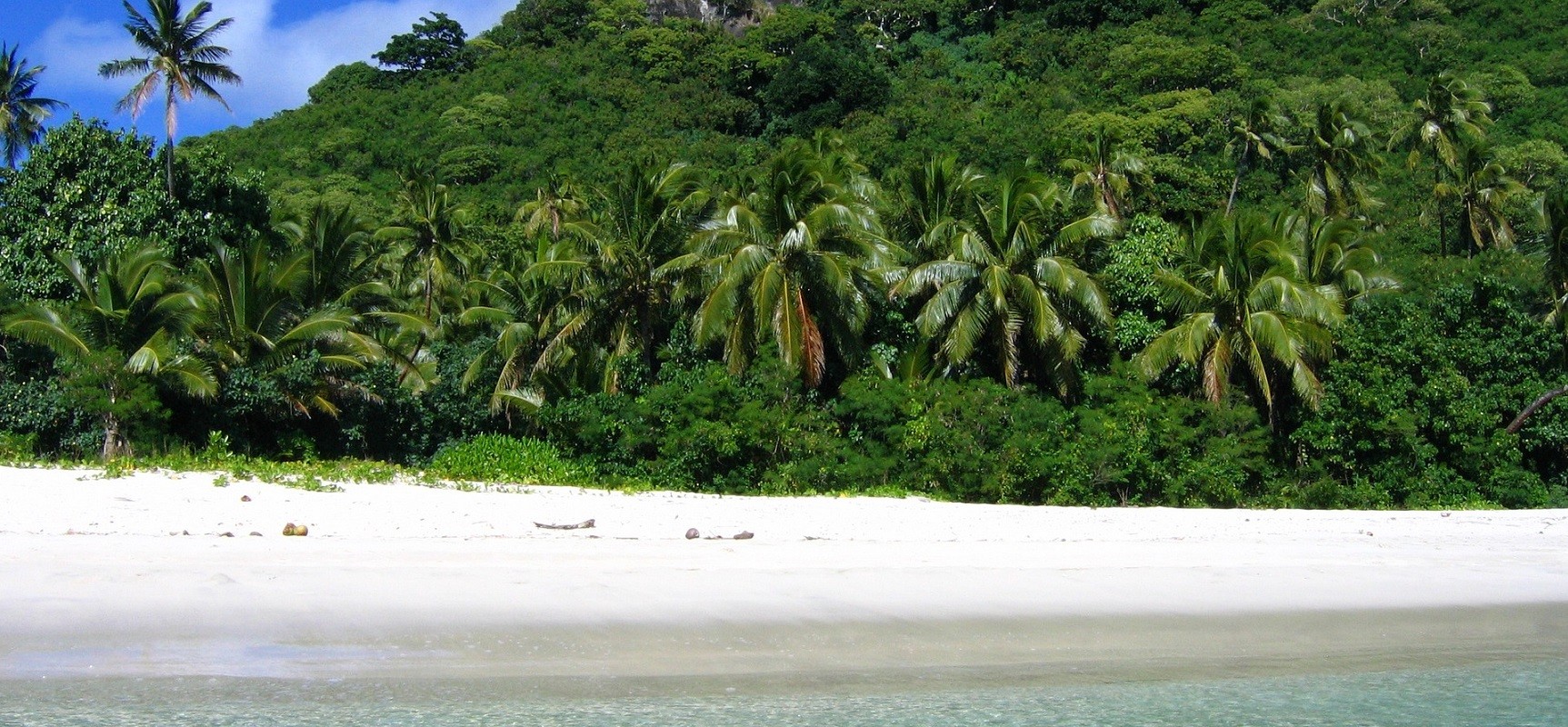
Fiji Liveaboard Diving
Liveaboard Diving To Enjoy The World’s Best Soft Corals And Dive With Sharks, Mantas And Macro Critters
Discover & Book Your Fiji Liveaboard + Non-Diving Liveaboard
Popular Fiji Liveaboards
|
Nai'a; Liveaboard diving in Fiji; 8.8 out of 10 and is rated 'Fabulous'; from £397, $484, €453/day. Customer Review: “The trip was very nice super diving” Recommended for: Diving soft coral friendly team. |
|
MV Reef Endeavour; Liveaboard diving in Fiji; 9.2 out of 10 and is rated 'Superb'; from £164, $200, €187/day. Customer Review: “Little cruise ship that took me diving. The Caves of Babylon was a stunning dive in mammoth caves with a wall that fell into the abyss. Endless swim-thrus and cracks and crevices that beg to be explored. I could have spent my entire trip exploring this one site.” Recommended for: Food, islands, staff. |
Liveaboard Diving in Fiji
Fiji liveaboard diving is year-round, with the best diving from April to October and includes drift diving Nigali Passage. The best Fiji liveaboard is the luxurious NAI’A and offers dive expeditions to see the world’s most beautiful soft corals, sharks, mantas and macro marine life.
Liveaboard diving in Fiji means you can explore a sample of over 300 islands located in 4,000 square miles of the South Pacific, where Fiji lies. Enjoy swimming with Pacific manta rays and diving with sharks in the clear turquoise warm waters of Fiji.
Jacques Cousteau called Fiji the “Soft Coral Capital of the World“. The perfect dive spot for the large pelagics like manta rays, barracuda and sharks, but also the place to see smaller creatures such as seahorses and pigmy seahorses, ghost pipefish and nudibranchs.
See temperatures range from 22-30°C (71.6-86°F). The waters are hottest in Fiji’s summer months, which are November to April, which is their rainy season.
Table of Fiji Liveaboards
This list of Fiji liveaboards is in descending customer rating order, so the liveaboards with the highest customer rating will be at the top of the list. To filter this table for the features that are important for your Fiji liveaboard trip, select from the list of filters below.
| Discover Liveaboard | Customer Reviews | Price Per Day | |
|---|---|---|---|
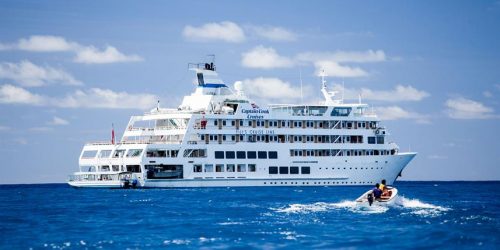 |
Review: MV Reef Endeavour; Book: MV Reef Endeavour | 9.2 Superb | from £164; $200; €187 |
 |
Review: Nai'a; Book: Nai'a | 8.8 Fabulous | from £397; $484; €453 |
Note: The above “Price Per Day” was correct at the time of producing this article, as was the exchange rate used to convert the GBP cost to US Dollars and Euros. For an up-to-date cost for your chosen liveaboard, please visit the “Book” link above.
Dive Sites And Areas Of Fiji
Namena Marine Reserve
The Namena Marine Reserve was established in 1997, and is the largest no-take reserve in Fiji. Namena covers an area of 60 square kilometres (23 square miles), and includes a horseshoe-shaped barrier reef and a small island called Namenalala just south of Vanua Levu.
The Namena reserve’s reef has an incredible array of corals and over 1,000 fish species. The waters are sheltered and provide a refuge to migratory seasonal visitors. These visitors include spinner and bottlenose dolphins, and false killer, pilot, sperm, humpback and minke whales. Pods of humpback whales can be regularly sighted in Fiji from August to October on their migration.
The diving is in unspoiled gin-clear waters. You’ll find yourself diving in amongst large schools of barracuda, and trevally. Other mariner life includes sharks such as whitetip reef sharks and grey reef sharks, bumphead parrotfish, groupers and coral snakes.
Namenalala Island is a nesting ground for the critically endangered hawksbill sea turtle, which is one of three types of turtle seen in Fiji.
Namena Marine Reserve is the perfect Fiji liveaboard dive destination, as the land-based dive operators can’t always guarantee visits, which is due to weather conditions en-route to the reserve.
Namena Marine Reserve has deep drop-offs of over 300 metres (1,000 feet), you’ll enjoy currents up chimneys (seamounts, including those named Magic Mountain, Pirates Den), whilst you enjoy watching the marine life around you. Then on the south of the island enjoy swimming around coral covered bommies.
Makongi Island Diving
Makongi Island includes dive sites such as Makongi Channel, which is usually a great drift dive. Before you enter Makongi Channel you’ll find plenty of hard and soft corals and White Rock where you will see whitetip reef sharks, eagle rays, manta rays and moray eels.
There are also coral gardens at Makongi Island where you’ll see turtles, whitetip reef sharks, nurse sharks and moral eels, as well as the usual coral reef fish.
Wakaya Island Diving
Wakaya island includes a wall dive where you are likely to see barracuda, and the possibility of seeing manta rays and hammerhead sharks.
Gau Island Diving
Gau Island is the 5th largest island of Fiji and has a dive site known as Koro Gardens. Here you’ll find one large bommie covered in hard corals. One of the best dive sites of Gau Island is Nigali Passage Diving.
Nigali Passage Diving
Nigali Passage Diving is normally on most liveaboard’s itinerary to stop and dive.
This is usually a drift dive and you will drift amongst barracuda, schools of jack fish, snapper and groupers. You may also see eagle rays, manta rays or hammerheads here too if you are lucky. But you are more likely to see whitetip reef sharks and grey reef sharks.
Other Liveaboard Dive Sites Fiji
- Shark Fin Point dive site is where you tend to see large schools of barracudas. But also seen here are spotted eagle rays, whitetip reef sharks, grey reef sharks, moray eels and occasionally a whale shark.
- Rustic Arch is a dive amongst beautiful hard and soft corals, sea anemones, and where you find moray eels, whitetip reef sharks and a resident Napoleon wrasse.
- Wakaya Pass is a 403 metre (140 feet) wall dive where you might see barracudas, turtles, whitetip reef sharks, blue ribbon eels, nurse sharks, hammerhead sharks, manta rays, marble rays and eagle rays.
Cathedral Shark Dive in Beqa Lagoon, Fiji
Dive Beqa Lagoon’s world famous Cathedral tiger shark dive and coral reefs is a dive site where you are almost guaranteed tiger shark sightings. Beqa Lagoon’s Cathedral tiger shark dive is located to the south of Viti Levu Island, and is reached by dayboats from resorts and dive centres including Aqua-Trek Beqa, Beqa Lagoon Resort and Beqa Adventure Divers on the south coast.
Best Time For Fiji Liveaboard Diving
Fiji liveaboard diving is year-round. The visibility is best between July to December when the seas are at their coolest at around 22-25°C (71.6-77°F).
If you prefer it warmer, it’s best to visit Fiji from November to April in their rainy season when water temperatures are 28-30°C (82.4-86ºF). It is at this time of year when the sea is rich with plankton, and when whale sharks and manta rays are attracted.
How To Get To Fiji Liveaboards
Nadi International Airport (NAN) is on the main island of Viti Levu. Nadi International Airport has daily flights by many international airlines from Europe and America.
The dive liveaboards depart from Suva, which is on the south coast of Viti Levu Island of Fiji, which is a 40 minute transfer from the airport.
I hope you enjoyed this page about Fiji liveaboard diving
I’d love to hear from you. Tell us about your adventures of diving and snorkeling, in the comments below. Please also share your photos. Either from your underwater cameras or videos from your waterproof Gopro’s!
If this article hasn’t answered all of your questions. If you have more questions either about snorkeling or scuba diving (or specifically about Fiji liveaboard diving), please comment below with your questions.
There will also be many more articles about scuba diving (and snorkeling) for you to read and learn about these fabulous sports.
Have fun and be safe!
Select Another Liveaboard Location
| All Liveaboard Locations |
| Specific Liveaboard Locations |
